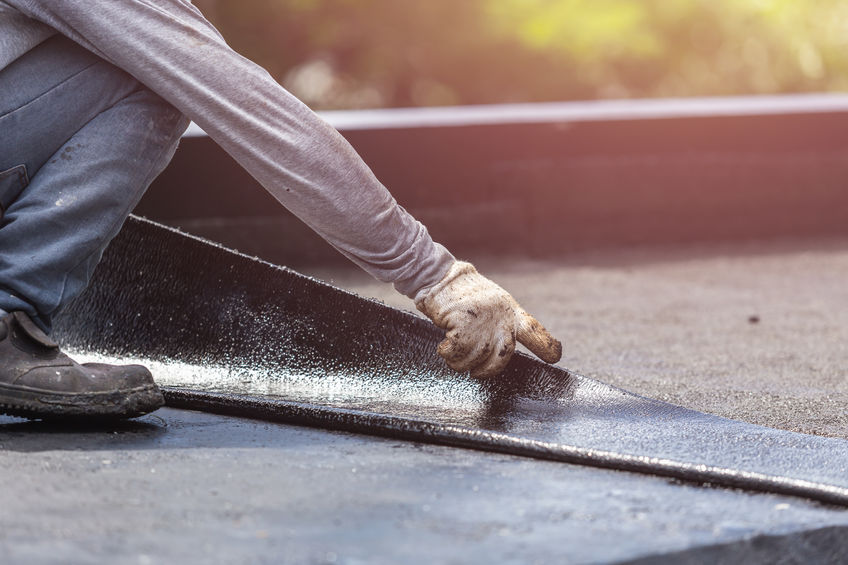Building Codes Regarding Roof Layers

It is generally acceptable to have even three layers of roof shingles but you need to confirm whether this is possible in your state. One thing that you have to do is check that your house is able to withstand the extra weight from the new roof layers. In some states, you may be required to have a permit to re-shingle your roof and without this permit, your new roof will be deemed illegitimate. To avoid any hiccups during the roofing process, you want to check with the local authorities regarding the number of layers they can allow on your roof.
Benefits of Adding a New Layer to Your Roof
Building codes in most cities and towns allow you to have two years of asphalt or fiberglass shingles on roofs, as long as the structure can support the extra weight. Adding a new layer of roof is considered less expensive compared to full removal and replacement of the old roof. You are also able to save money on demolition labor, disposal, site cleanup, and many other expenses.
Disadvantages of Adding a New Layer to Your Roof
Adding a new layer to your roof is not all beneficial, as it can end up costing you. One issue is that roofers cannot apply water and ice shield on the existing shingles prior to placing the new roof. This means that your roof will be vulnerable to ice and water, which gets under your shingles. This water could end up damaging your roof and even your house. Another downside is that you need to pay for heavy weight shingles that are meant to hide the high spots and dips of your old roof, which could be visible through single-weight shingles. Apart from these issues, an extra roof means more weight, which might cause unnecessary stress on your house. That weight can lead to structural problems in the future.
Reasons Why Single Layer Roofs are the Best
As aforementioned, the small savings you may accrue from installing an extra roof might not outweigh the downsides of doing that. Single layer roofs are better because you do not have to deal with warranty issues. Most roof warranties are considered void when installed over an existing roof. One reason behind this is that two layers of roof accumulate more heat, which may cause unwanted damage to the new roof. This causes damage to the new roof and shortens its lifespan. Therefore, you might find yourself replacing the roof sooner than expected. This makes the project even more expensive than you had originally anticipated. An extra layer of roof may seem quite good on the surface, but single layer roofs are way better.
As seen in this article, it might not be a very good idea to add a new layer of roof to your existing one. This is because, even if it will save you some money, adding an extra roof can bring you problems in the future. An extra roof is vulnerable to ice and water and it adds extra weight to your house, which causes unnecessary stress. An extra roof might result to more harm than good if you are not careful. However, if you still make the decision to add a new layer, you will save money on demolition labor, disposal, site cleanup, and other expenses. To avoid any hurdles, you might want to seek the assistance of a professional roofer to examine your existing roof and give you the best way forward on whether to install a new layer or replace everything altogether. They will also advice on the number of roof layers to install. This is based on the building codes in your state and your structure.
